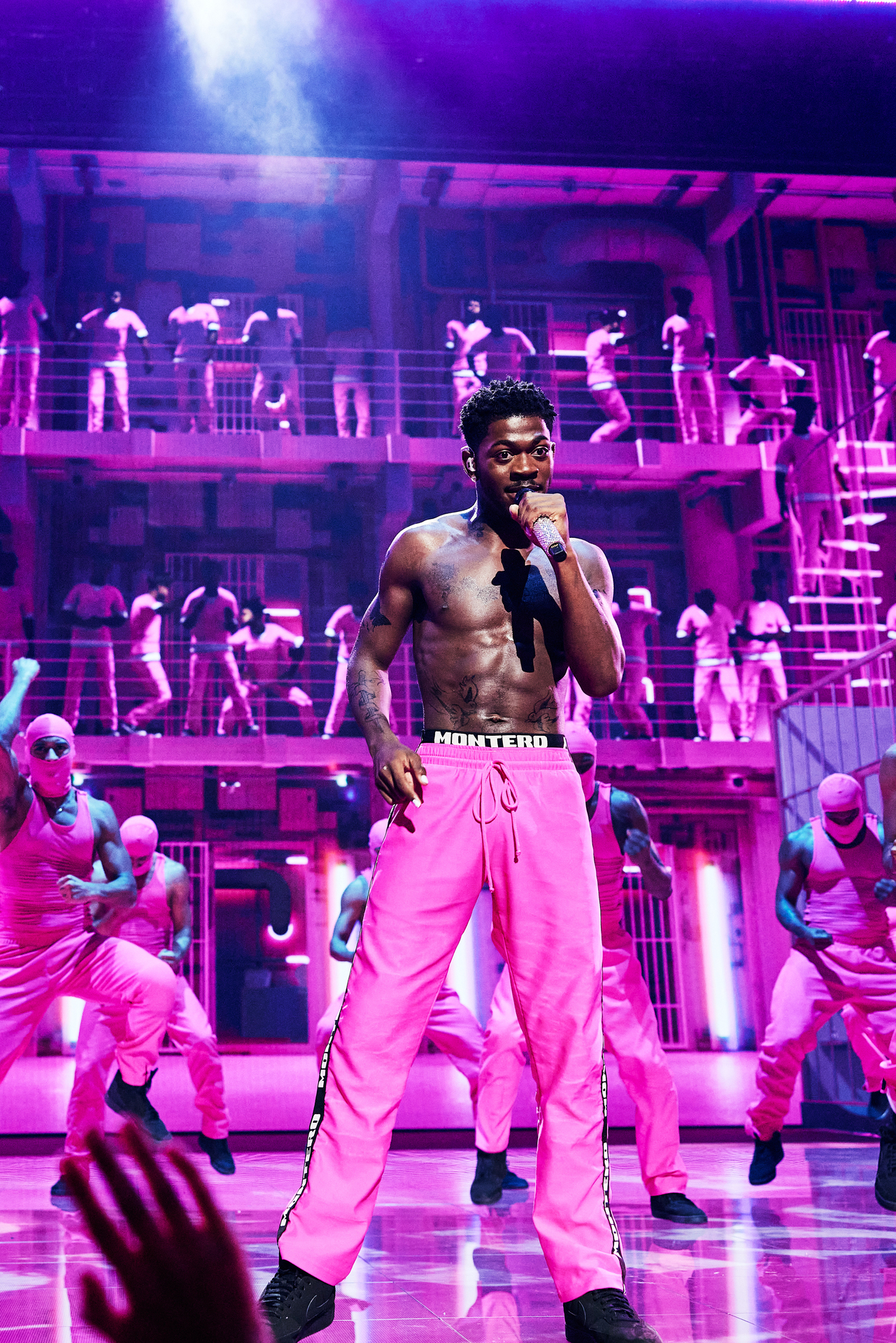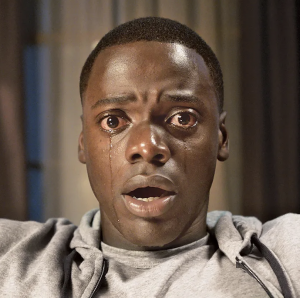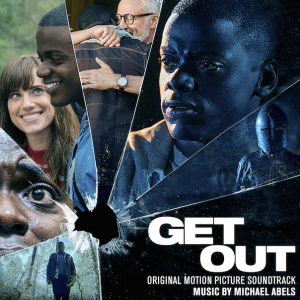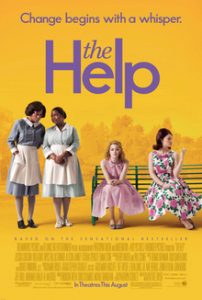Intersectionality is the term used to describe how an individual’s different social and political identities influence the ways in which they experience discrimination or privilege. These interconnected identities range from race, class, disability, sexual identity, and gender, and often when they overlap they cause one to experience heightened discrimination. For example, black Americans face discrimination, though when comparing black men to black women, black women experience heightened discrimination due to the intersectionality of their gender and racial identities. After doing some of my own research on intersectionality, I learned that the term was coined by lawyer and civil rights activist Kimberly Crenshaw, who was a leading scholar in the creation of Critical Race Theory. Critical Race Theory is founded on the idea of intersectionality, as it explores the study of the intersectional relationships between race, racism, and power. An example of media that helped me understand the complexities of intersectionality, is Kimberly Crenshaw’s Ted Talk The Urgency of Intersectionality. In her talk, she breaks down the unique complexities of intersectionality, exploring the different ways in which different identities can be empowering and oppressing.




